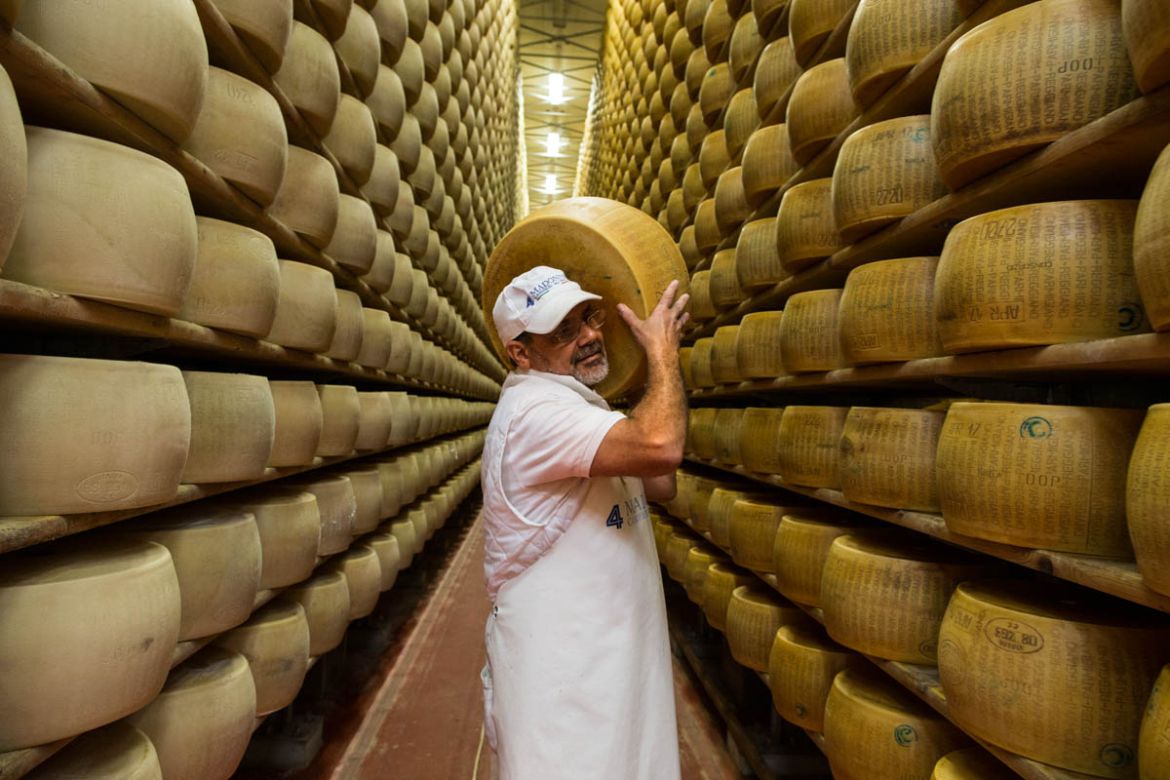Why Floridia Cheese Thomastown Is a Gem in Melbourne Made Cheese
Why Floridia Cheese Thomastown Is a Gem in Melbourne Made Cheese
Blog Article
Opening the Keys of Artisanal Cheese Making: A Detailed Do It Yourself Guide
In the realm of culinary craftsmanship, artisanal cheese making stands as a testament to the delicate equilibrium in between custom and development. Each action in the procedure, from selecting the appropriate milk to perfecting aging techniques, holds within it a wide range of knowledge passed down with generations. As we get started on this journey to debunk the art of creating splendid cheeses, we are confronted with a tapestry of tricks and abilities waiting to be unraveled. Join us as we explore the complexities of this old craft, where scientific research, art, and patience merge to produce flavors that entice the detects.
Selecting the Right Milk
When starting the trip of artisanal cheese production, the option of milk plays a crucial duty in figuring out the quality and characteristics of the end product. The type of milk chosen impacts the taste, structure, and overall profile of celebrity. Raw milk, directly from the pet, is preferred by lots of artisanal cheesemakers due to its special mix of enzymes, germs, and taste compounds. However, making use of raw milk includes guidelines and dangers, making pasteurized milk a much safer option for beginners.
When picking milk for cheese making, it is necessary to take into consideration the fat content. Higher fat web content in milk can cause a creamier and richer cheese, while lower fat content might lead to a drier and stronger appearance. Additionally, the resource of the milk, whether from cows, goats, lamb, or buffalo, contributes unique tastes and qualities to the cheese (Floridia Cheese). Each kind of milk brings its very own nuances, enabling a large range of cheese selections to be crafted based on the chosen milk. Inevitably, the selection of milk is a basic choice that sets the foundation for a successful artisanal cheese-making endeavor.
Culturing and Coagulating
To initiate the cheese-making procedure, the critical steps of culturing and coagulating need to be thoroughly carried out to change milk right into curds and whey. The type of culture utilized can considerably influence the flavor, structure, and ripening of the final cheese item.

The timing and temperature control during culturing and coagulation are essential elements that affect the final outcome of celebrity. Proper implementation of these steps is essential to ensure the wanted structure, taste, and uniformity of the artisanal cheese being produced.
Draining and Pushing Curds
After the milk healthy proteins have coagulated and the curds have been cut to launch whey, the next critical step in artisanal cheese making includes draining pipes and pushing the curds to achieve the desired appearance and uniformity of the final cheese item. The time for draining pipes can differ depending on the type of cheese being made and the preferred dampness web content.
When the curds have adequately drained pipes, the following action is pushing. Pushing helps get rid of any type of continuing to be whey and compacts the curds to develop a strong cheese wheel. Pressing can be done utilizing specialized cheese presses that apply mild and constant pressure over a duration of time. The period and pressure applied throughout pressing will certainly affect the final structure of celebrity, from creamy and soft to difficult site web and company. Correct draining and pressing are critical steps that substantially impact the quality and features of the artisanal cheese being produced.
Aging and Flavoring Strategies
Implementing precise aging and flavoring methods is pivotal in improving the deepness and intricacy of artisanal cheeses, elevating their taste profiles to charming levels of improvement and elegance. Aging plays a vital function in creating the distinct flavors and appearances that differentiate artisanal cheeses. During the aging process, cheeses are stored in very carefully controlled settings where variables such as temperature, moisture, and air movement are adjusted to motivate the development of helpful molds and microorganisms. This regulated setting permits celebrity to develop gradually, developing complicated scents and rich flavors.
Seasoning techniques also add significantly to the last preference of artisanal cheeses. Cheesemakers may select to introduce additional flavors by incorporating active ingredients such as natural herbs, seasonings, and even fruits into celebrity throughout the manufacturing procedure. Furthermore, some cheeses are cleaned or massaged with different liquids, such as salt water or alcohol, to enhance their appearances and tastes.
Covering and Saving Cheeses

Conclusion
Finally, understanding the art of artisanal cheese making entails carefully choosing the ideal milk, following accurate culturing and coagulating procedures, draining and pressing curds effectively, and making use of numerous aging and flavor techniques. By adhering to these actions diligently and with interest to detail, you can produce your very own scrumptious and unique cheeses in your home. Keep in mind to cover and save your cheeses appropriately to make certain ideal taste and appearance development. Happy cheese making!
Each type of milk brings its own subtleties, permitting for a wide array of cheese varieties to be crafted based on the picked milk.After the milk proteins have coagulated and the curds have been cut to release whey, the following critical step in artisanal cheese making entails draining pipes and pushing the curds to attain the preferred appearance and uniformity of the final cheese product. The majority of cheeses should be wrapped in wax paper or cheese paper to allow them to breathe while protecting them from drying out. For cheeses that require to continue aging, such as bloomy skins or washed peels, ensure they are stored in a cool environment like a cheese cave or a refrigerator established to the ideal temperature. By paying attention to the covering and storage space of artisanal cheeses, cheese makers and fanatics can protect the honesty of these delicacies and totally enjoy their complicated flavors.
Report this page